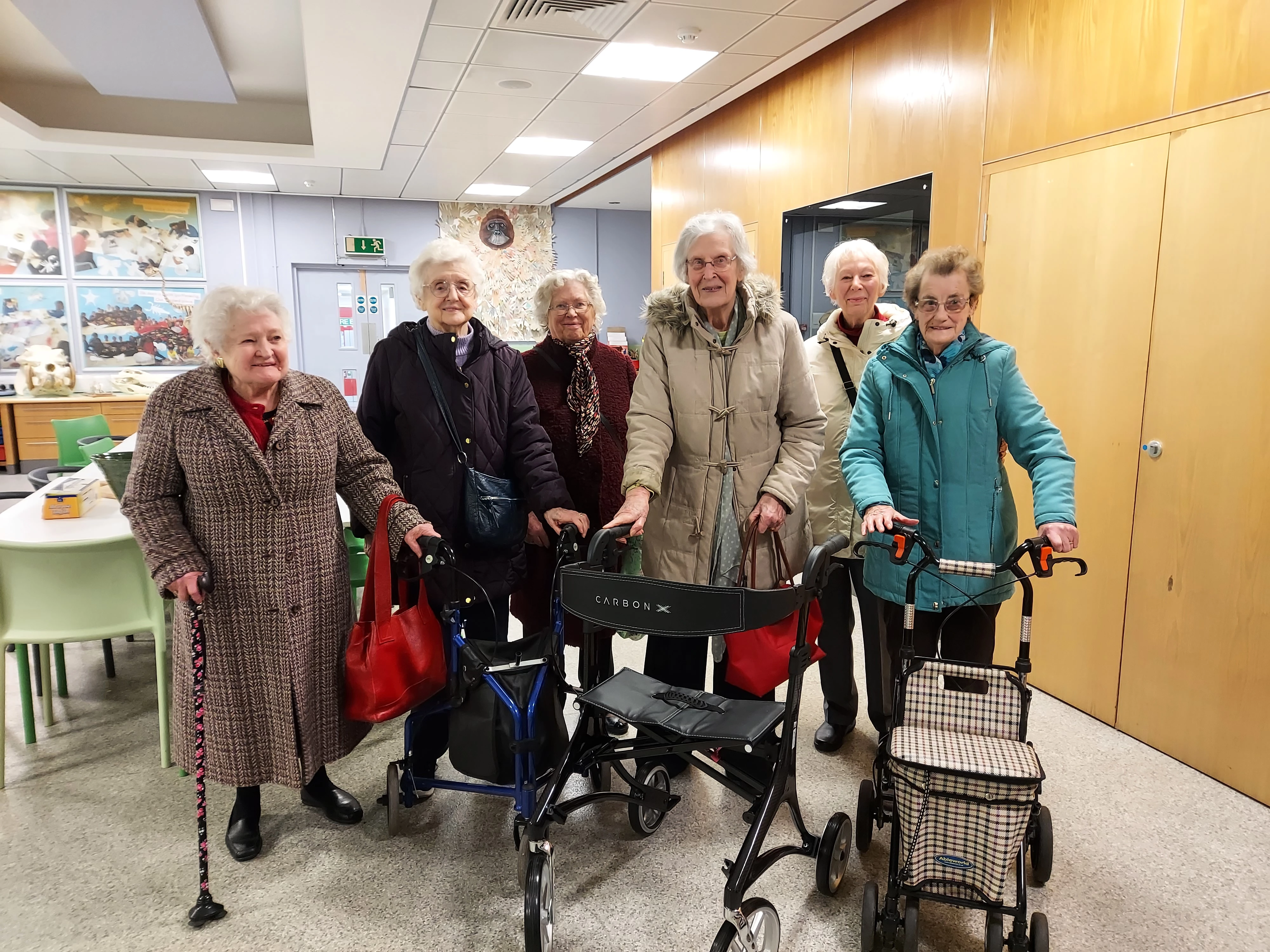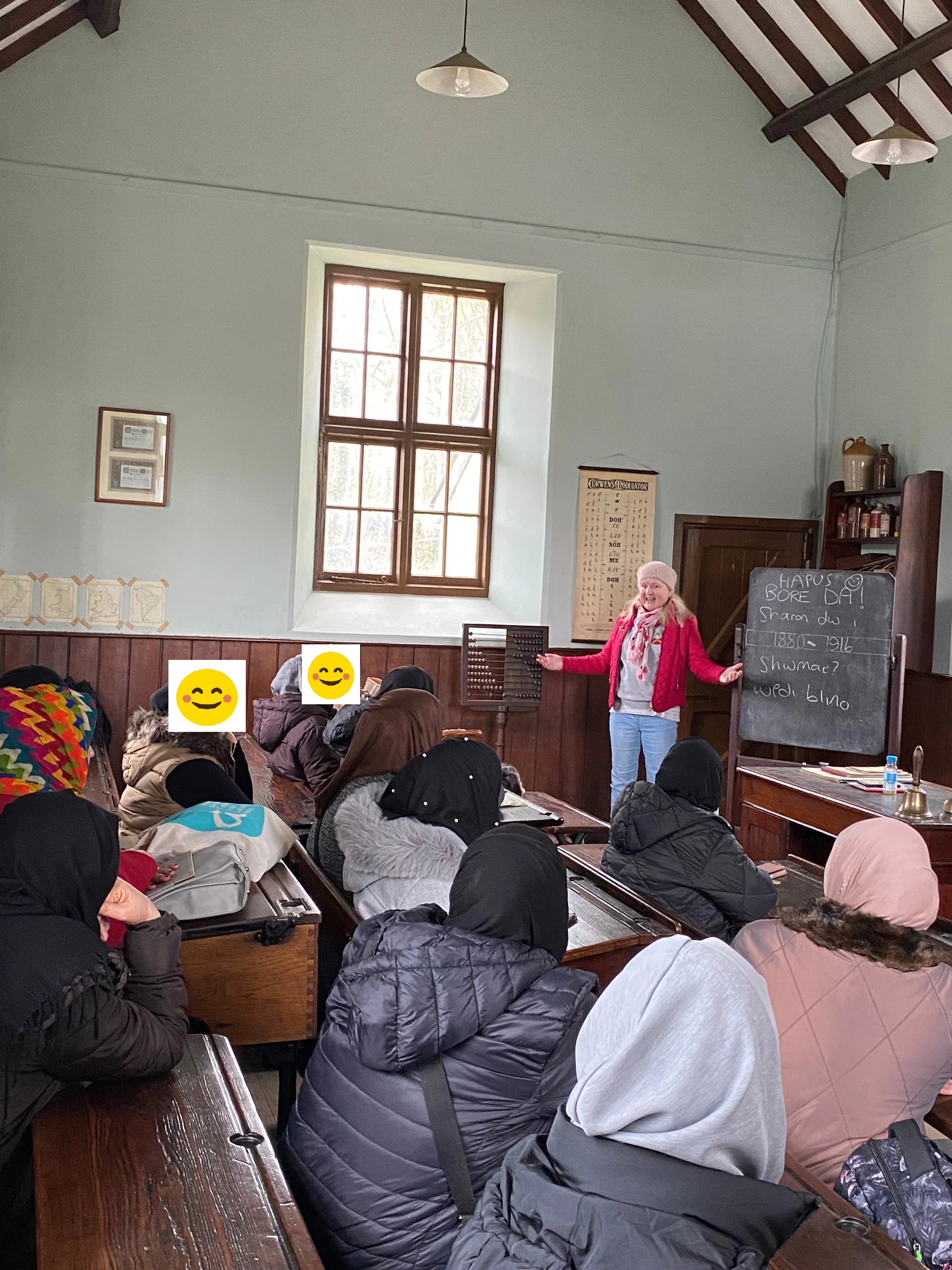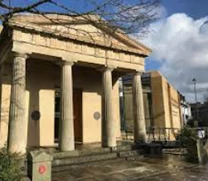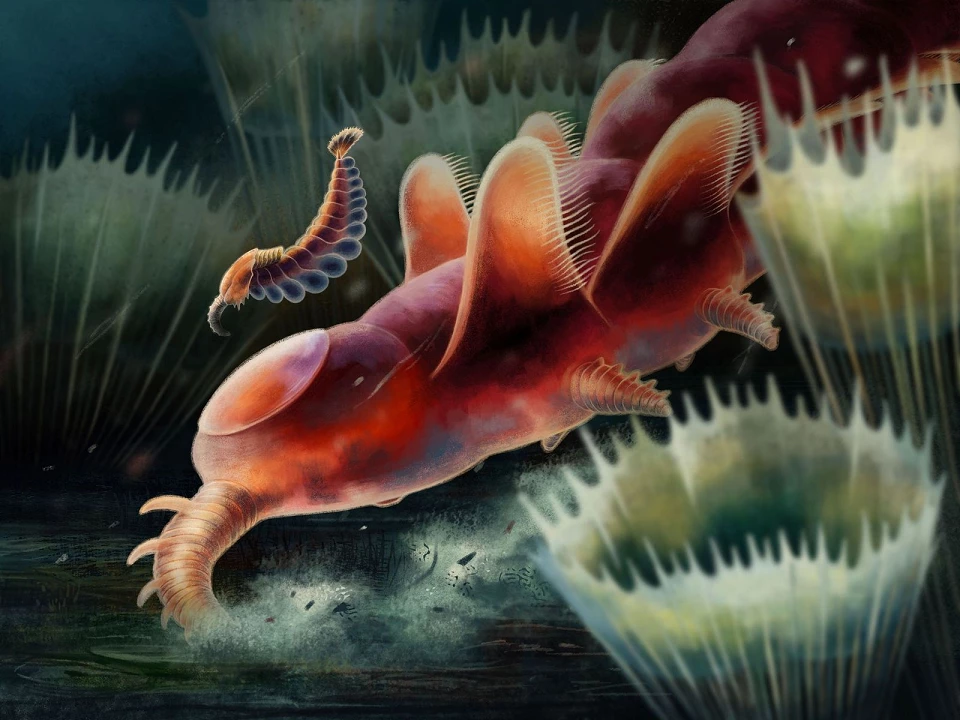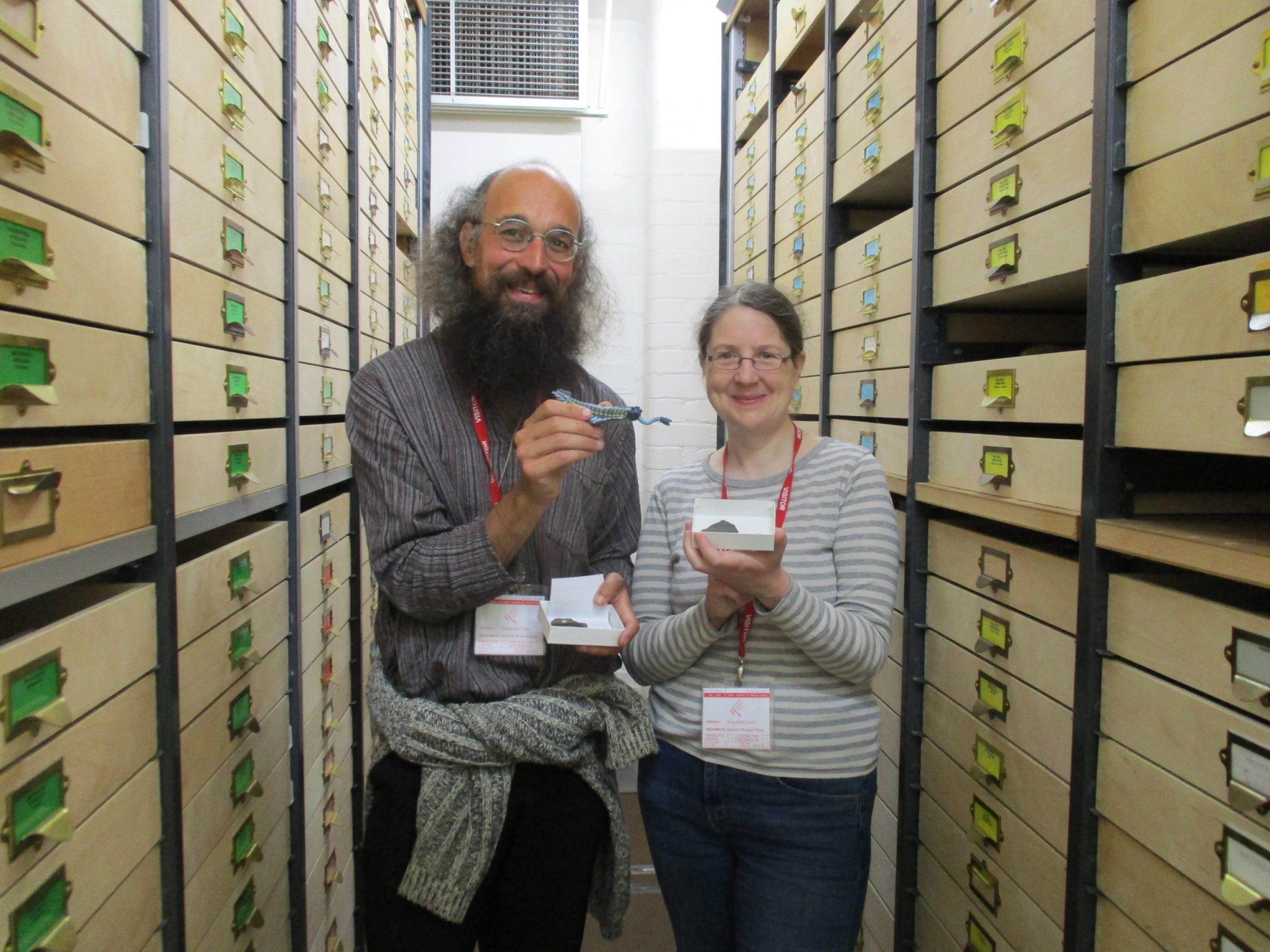The truth about cycling to work
, 2 September 2023
I live far away from my site and in the summer I dust off my bike ready for some epic commuting. Like many organisations, Amgueddfa Cymru has introduced a Cycle to Work scheme, so I thought that I would share my story (or part of it) and offer guidance to anyone that's unsure of getting into cycling.
I got my first road bike on a similar scheme about twelve years ago and have never looked back. Well, I say that but my first few commutes were hard, having never ridden on roads before and going from a background in running, to riding 40 miles on the road followed by another 40 home. I distinctly remember not being able to walk up the stairs at work and having chronic back ache on the bike, but now, even in my mid-forties, I am fitter than ever. I can even fix a puncture now which I couldn’t for the first five years!
An epic commute
In early summer I travel once a week from Raglan on the lanes to Newport then on to Cardiff via the levels - 34 miles in all. This is soon to extend to Monmouth (40 miles) and then my once-a-year full 50-mile commute will switch to through the Forest of Dean, Lydney, Chepstow, and then on through Newport. For these distances, time is obviously a factor and so I tend to ride fast - aiming at 20 mph average, but even carrying a laptop it is possible. However, beware of the dreaded headwind…. but that’s another story.
Cycling wasn’t always easy
The effect cycling has on you is gradual, but very positive. It is much better on the joints than running, but the difference it will make depends on many factors including how often and how long you cycle for, but also the intensity – uphill is more of a workout than the flat. When cycling for the first time the aches can be a little disconcerting – after my first long-distance commute it felt like my kneecaps were being pushed apart, but it was because I had none of the type of muscles used for cycling. I have no such issues now.
Your body adapts
I find now, that when I arrive at work I am fine and refreshed, but that has not always been the case. When I first started I would be quite tired, but your body adapts. I should say that I came from a very active background of training and playing at a high level of field hockey three times a week for about 20 years, but your body adapts. The running gave me a great overall fitness level but with the wrong muscles. Someone recently told me that cycling is a great leveler – in that you can continue to ‘perform’ at a really high level far longer than any running-based sport. My cycling times this year are significantly faster than when I was in full hockey training!
Commuting with a laptop and other tips
I carry a medium-sized rucksack and have my laptop case inside (without the charger to save weight – as they plug in at work anyway). Then a bag of clothes to change into and lots of food for lunch. Everything in the bag is inside several plastic bags in case of rain. I have some very small bags attached to my bike for my spare inner tubes and other repair kit things.
The ups and downs of cycling and things to think about
Bikes are a big outlay in cost now, but you save on parking, fuel, and general wear and tear on a car. The play off is that your journey takes a lot longer. If you walk or use a bus, then cycling might actually be quicker and also save money. The cold and wet of winter can put people off, but there are now many options for warm, windproof, and rainproof clothes. I find getting ready once at work slightly longer than if I drive – e.g. locking up my bike, getting changed, etc. but certainly manageable.
Reaching new heights
Now, several bike upgrades later and a house move even further into the back of beyond, I lead club bike rides of a hundred miles or more and have an obsession with climbing steep hills. This is a far cry from my early commuting experiences where I dreaded the hill up through Chepstow. On Saturday 24th June I took part in a challenge organised by Chepstow Cycling Club in aid of the Brecon Beacon Mountain Rescue. It involved ten ascents of Llangynidir Hill - most people’s idea of hell. It wasn’t a race, but remarkably I was the first competitor to complete the reps. The stats: 4,325 m of ascent, 124 km distance, and 6 and a half hours of cycling.

